Systems Analysis
Why Should I Care
Studying scarcity, choices and trade-offs is important. However, the fact that we are over-producing green house gases is telling that we aren't focusing enough on the economic system, and the secondary productions that cause negative outcomes for humans.
This Chapter Has 4 Parts
- Systems
- Economic Systems
- Circular Economics
- Scope of Systems
Interview with Julien Brault, CEO Hardbacon - on Climate and Capitalism
What is Systems Analysis ?
The study of systems is called Systems Analysis or Industrial Dynamics. It has been developed mostly in the field of engineering. We believe it is very useful as a basic frame of thought in economics, and lends itself to most of the issues pertaining to production, including environmental issues. While many economists focus their efforts on the traditional definition of economics, that of a study of the allocation of scarce means in the service of competing ends, the issues of global warming and environmental protection compel us to analyze the economic system in its whole.
The basic job of any system is to transform inputs into outputs, as you can see above! The human body is a system. Our inputs include oxygen, water, food, but also sounds, light, touch, vibrations, smells, and tastes. The body is made up of many processors which transform these inputs into some kind of output. The brain acts as a computing system. Think of the nervous system, the respiratory system, the blood circulation system, the muscle system, the skeletal system, the digestive system... Together, they allow humans to transform information and energy into output.
Output includes excrement, both stools and urine, which are excellent fertilizers for the soil and biodegrade quickly. However, there are many more output, such as heat, sweat, hair loss, skin shedding, and nail clippings. You can also include outputs such as ideas, thoughts, writing, singing, speaking, screaming, walking, running, punching and jumping. Human activity in general is an output of our biological system.
Systems Analysis allows the economist to identify all types of production, whether or not they are monetized. Hence, secondary output (or BADS) like pollution are included in the analysis. By considering the importance of feedback, and control, we can change the system to substitute inputs in order to reduce the production of BADS. By considering outputs as potential inputs, we can make the systems circular, and solve the issue of BADS altogether. Of course, this is easier said than done!
-
Systems
Analyzing systems is an important aspect of this course. So, let’s define what we mean by that. First, what is a system?
A system is a set of components and relationships that operate together to make something. Their operations may also react to other components, or other systems, from the outside. Systems are found everywhere in nature, but also in human-made systems such as machines.
All systems are made of seven components: Inputs, Processors, Outputs, Control, Feedback, Environment, and Boundaries.
-
Inputs: Objects that go into production.
- Natural Resources, such as light, water, and minerals.
- Transformed materials, such as lumber, food ingredients, petroleum, and metals.
- Intangibles, such as information, art, recipes, knowledge and other forms of human capital.
-
Processors: What transforms inputs into output.
- Human Labour, such as hourly-paid workers, family labour, or non-paid labour.
- Machines and Equipment, such as appliances, vehicles, manufacturing, computers, and software.
- Instruments and Tools, including kitchen utensils, construction tools, and scientific instruments.
-
Outputs: Products that are the outcome of processed inputs
- Goods are useful transformed objects produced by a system
- Bads are unintended secondary productions that are harmful to humans or nature
- Services are intangible products meant for consumption
- Intermediate Goods and Services are meant to be used as inputs or processors in other production systems
- Final Goods and Services are meant to be consumed by humans
-
Control: People who decide which inputs, processors, and outputs
- Private sector leadership, including non-profits, small businesses, large corporations. CEOs and managers.
- Public sector leadership, including Prime Minister and Cabinet, CEOs and managers of government-owned institutions, city Mayors.
- Families and Households who produce inputs and outputs.
-
Feedback: Information relayed to the control function about production
- Non-verbal feedback includes lineups at storefronts, empty shelves, excess inventory, rapid wear and tear (ex: road use), congestion, etc.
- Informal feedback can be comments made to producers/controllers, word-of-mouth, and social media.
- Institutionalized feedback includes surveys, town hall meetings, and focus groups.
- Civil society, labour unions, environmental groups, social activists, provide detailed information and feedback
- Price feedback includes price bubbles, rebates, and liquidation strategies.
-
Environment: Objects outside the system that can affect it
- Physical environment includes landscape, climate, weather, and availability of natural resources.
- Political environment includes legal regime, political institutions, tax levels,
- Social environment includes cultural institutions such as courts of justice, family, religion, language, moral constructs, sports, arts, and culinary habits.
- Environmental elements are natural and social parameters that affect what those in control can do, or not do.
-
Boundaries: Limitations of the system
- Finite nature of natural resources, such as land, minerals, wind, solar energy, water, and living organisms.
- Demographics are defined as population, which grows with births, increased life expectancy and immigration.
- Technology includes knowledge, competencies, skills, machines, computers, robots, buildings, roads, railways, ports, and other infrastructure.
-
Economic Systems
An economic system is a social institution which deals with the extraction and transformation of resources to produce goods and services for consumers in a particular society. The economic system is composed of people, social customs, ways of communication, and institutions, with their relationships to natural resources, knowledge, tools, machines and technology.
A factory is an economic system, where inputs are transformed into outputs. Note that inputs include stocks of raw materials, intermediate goods, energy, and knowledge. Factories will purchase them so that they flow into production. The processing function includes stocks of labour, machines, equipment, as well as buildings and infrastructure. This results in a flow of output, some of which can be monetized, such as the final goods that are sold to consumers, and intermediate goods who are sold to other producers. The outputs can also be non-monetized, such as waste and pollution.
Each component of the system is important. However, it seems obvious that our most pressing issues nowadays have to do with the feedback and control functions of the economy. Feedback is an information flow stemming from people who are affected by production, such as consumers, but also anyone who suffers from positive or negative effects of production, such as people who suffer from pollution. The feedback is sent to the function of Control, which manages inputs and processors. In the best of worlds, those who control the system are sensitive to the feedback they are receiving from society. The control function should be able to adapt flows of inputs and process work to meet the information feedback it receives.
Often times, when systems fail, it is because the control function is not reactive to feedback. Keep in mind that money is a very powerful feedback mechanism and tends to supersede other interests trying to be heard.
Systems also cannot operate without being cognizant of other objects and other systems around them. A system's environment is the landscape, both natural and cultural in which it functions. For example, a car plant in Canada cannot be operated the same way as in Brazil. Since Brazil has abundant sugar cane, this is the most common fuel. This means the engines are different. Also, Brazilian workers speak Portuguese and follow cultural norms that differ from North America. The cars may have different designs, follow differing regulations, and meet differing cultural expectations. You wouldn't see a Brazilian consumer complaining about driving in the snow.
The boundaries are limitations that can affect input quantity and quality, processing speed and capacity, or even the effectiveness of feedback and control.
Pizza Dinner Exercise
Think of pizza night.
Component Role Example
Inputs What goes in Ingredients, flour, pepperoni, cheese
Processors What transform inputs Cook, utensils and oven
Control Who decides Parent, Head of household
Outputs What comes out Pizza and Dirty Dishes
Feedback What people want Good! Empty plate, Uneaten left-overs.
Environment What surrounds the system Lactose-Tolerant, Gluten-Tolerant, Pineapple-Tolerant
Boundaries What limits the system Size of oven
This example shows us how pizza is produced, simple enough. That's what happens in one location, by one producer. But an economy is a more complex system, since it is the intertwined flow of objects between these individual systems. For example, inputs into pizza making, like flour and cheese, are outputs of other systems, such as a wheat mill, and a dairy farm. Same for ovens: they were produced by a machine plant, where steel and glass were used as inputs.
On the other end, pizza is an input for other activities. Humans need to eat for energy and biological needs.
What makes the overall system even more complex is that there most output is also an input. Everything we produce ends up as an input, in some way. Humans eat to live, but they also are part of the production process, since they provide labour. Since food is input for labour, the pizza could very well be an output of the pizza restaurant, and an input for labour in that restaurant.
-
Circular Economics
It is possible to encourage industrialists towards a more circular economic system, where BADS are reused as inputs, rather than sent to waste.
To do this, we must look at all the output, not just those who are sold on market. BADS are often a non-monetized secondary output, which makes it difficult for profit-seeking corporations to manage them without hurting their bottom line.
However, it might be possible to turn a waste into a revenue stream. In this case, the corporation would be happy to entertain circular systems. A famous example of this is the invention of White Chocolate.
An important waste in the process of making chocolate is called cocoa butter. The famous Swiss company Nestlé was concerned with this constant production of waste. Nestlé invented white chocolate so they could increase their revenues, mostly from a large quantity of leftover cocoa butter that was going to the garbage. Instead of throwing the butter out, it became an input for another, new product. In this case, a BAD was turned into a GOOD. And in this case, reducing waste has added lots of zeros to Nestlé's bottom line (and maybe a few inches to peoples waistline).
Primary production is the output that was meant to be produced. For example, dark chocolate was the intended output of the Nestlé operation. Very often, primary production is considered a Good or a Service, and is the object of a money transaction. Primary production is said to drive the actions of an economic organization.
Secondary production is the output that was not meant to be produced. For example, producing cocoa butter is not the core business model of a chocolate factory. Very often, secondary production is not monetized, which economists call an externality. If the externality has detrimental effects for society, we call it a negative externality.
Profit-seeking corporations should not be in the business of producing BADS, they are costly to the business, needing excessive inputs. However, sometimes the production process cannot be modified to reduce BADS, in which case the social cost to clean-up the mess has to be taken care of by the rest of society. What's interesting is that many times, an industrial facility will find a way to reuse a secondary production, especially if it can resell it. In this case a non-monetized BAD has become a monetized GOOD.
-
Scope of Systems
In economics, we are always studying systems with more or less scope. We can narrow the focus of the analysis, depending on the scope we are trying to achieve. Think of Systems Analysis as a Russian Doll. You can analyze the smallest systems, which are always part of a larger system. Where you define the scope of the system, is up to the analyst.
Russian Dolls
For example, the human body is a system where air, and food, are inputs, and movement, sound, thought and excrement are outputs. Looking at smaller components, the body is made up of more particular systems, such as the blood circulation system, which is also made up of smaller systems, such as the heart, and the veins. Looking at larger components, the body is part of social systems, such as the natural ecosystem (forest, plains, etc. ), or the social fabric such as the family, the school, the city, the workplace.
Economists focus their interest on three types of production systems : the agent, the industry, and the aggregate economy.
Agents
The economic agent, whether it’s a consumer buying dinner, a company that manufactures chairs, or an office where legal services are offered, is some kind of individual actor. This is the first-level system. Economists often refer to the producer as the ‘firm’. Some companies or organizations have many plants, and many offices so economists need to be precise about the scope of their outlook when defining their research problem. When analyzing a single producer's activities, one is also considering the role of buyers.
The sub-field of behavioural economics studies individual human behaviour, using insights from psychology, to better understand patterns in consumption, choices, and well-being.
Industries
Next, you can look at certain sections of the economy, which we call industries. These are groups of producers who are in the same type of business. Their products are similar, or they are part of the chain of production. Examples include the banking industry, the aerospace industry, or the food transformation industry. When you study an industry, you tend to focus on the level of competition between producers, and the overall output of the system. You also have to consider the industry as a system that operates within a larger context, such as other industries, types of regulations, the political regime, and cultural institutions.
The field of micro-economics focuses on agents, and on industries, analyzing issues such as competition levels, optimal regulations, profits, and consumer welfare. The role of freely adjusted (vs. fixed) prices is often the principal feedback mechanism discussed by micro-economists at this level of analysis. There are many specialized sub-fields, which concentrate on specific industries, or topics, such as financial economics, labour economics, innovation economics, development economics, welfare economics, and international economics, to name a few.
The sub-fields of environmental and ecological economics focus on the policies and regulations needed to reduce pollution, encourage the re-using of waste, and stem the degradation of natural environments.
Aggregates
Finally, you can look at economic systems from an aggregated perspective, usually with a geographical definition, such as the city-region, the province, or the national/state level. Economies in this regard have inputs, processors, and outputs, but their variables will be measured and analyzed in aggregates, such as total imports, total employment, total physical capital, total domestic consumption, total exports, and total inventory.
The field of macro-economics usually focuses on provincial, state, and national-level economies. It discusses the role of controlling institutions such as legislative assemblies, elected parliaments, the office of the Prime Minister and Cabinet, and the central bank. An emerging sub-sub-field is ecological macro-economics, which analyzes the relationship between the aggregate economy and the earth's capacity to sustain human life.
The sub-field of economic geography (also called urban and regional economics) is interested in the spatial relationships associated to income, wealth, production, trade and consumption. Cities, in particular, are a main object of discussion, since they are important physical manifestations of economic activity.
Table. Economics and its sub-fields
| Sub-Fields |
Agents |
Industries |
Aggregates |
|
behavioral |
x |
x |
|
|
micro-economics |
x |
x |
|
|
environmental & ecological |
x |
x |
x |
|
economic geography |
x |
x |
|
|
macro-economics |
x |
Green Policy
This first lesson on economic systems is the cornerstone of changing our economy. Most of our BADS are toxic to humans. Scientists call this pollution. In an ideal world, all of these secondary productions would be either banned, or used as an input to make something else.
This is exactly how nature works. Nature is an economic system. Everything in nature is producing something. Trees produce energy-rich carbon material (wood) and oxygen. The beautiful aspect of nature is that there are no wastes, no BADS. Carbon is biodegradable, so if a tree dies, the carbon goes back to the atmosphere, and the earth, and then probably back to another tree which will grow in its place.
About the air, trees use carbon dioxide (CO2) in the air and turn it into oxygen. That becomes an input for other living mammals, such as humans. When we breathe, our oxygen is transformed into CO2, an output, which is an input for trees.
In nature, any living organism that does not create outputs that are beneficial to its environment, as inputs for other organisms, will die. The most successful organisms are those that produce outputs which are perfect inputs for its neighbours. This view of production is part of a more recent branch of study in engineering and science called Bio-mimicry.
One easy way to implement this in your household is to purchase products where all the waste is both bio-degradable and compostable. Of course, this will eliminate all the waste in your garbage pail, and the plastics in your recycling bin.
Compost is an input for horticulturalists, gardeners, and landscapers. These tradespeople actually pay money for compost, when our cities could (and many do) be providing it for free, by picking up brown bins every week and producing compost in municipal facilities. Humans should look into these solutions more carefully if they wish to keep growing their population on earth. If we wish to keep having babies, living longer lives, and to keep growing our quality of life, we have to adapt!
Climate Change Solution
Reducing our BADS across the board is important. However, there is a specific type of production that scientists don’t always designate as pollution because it’s not that toxic to humans. Theses gases actually allow us to exist on Earth.
Nonetheless, the overproduction of greenhouse gases could lead to the demise of the human species. The greenhouse gases (GHG) that keep the earth warm are primarily water vapour (H2O), carbon dioxide (CO2), methane (CH4), nitrous oxide (N2O), and ozone (O3). As you know already, our cars and trucks run on fuel, which emit carbon dioxide. Our meat comes from cattle that emit methane. We don’t emit these gases on purpose. They are secondary, and quite useless, productions.
To solve Climate Change, one must take a deep look at the economic systems that produce these particular BADS to either stem their emissions, or to divert them back to the economy as INPUTS. This latter solution is called the Circular Economy.
If we don’t solve Climate Change, a cascade of events will eventually affect many sectors of the economy. If one system is made of seven components, an economy can be seen as an eco-system: a collection of systems that interact and mostly depend on each other. Using Systems Analysis, it is possible to chart and predict the effects of unmitigated climate change on our societies. In the US, the advent of more heatwaves and hurricanes will have a damaging effect on farming, oil refining, electricity grids, and water treatment. A critical report from the US government outlines the sector interactions using a complex systems analysis, to help understand the effects of global warming over the next century (USGCRP, 2018, Ch. 17).
Democracy Booster
Any political system rests on some type of popular support. Whether it’s a community-based non-profit association, a town, a small country, a federation, or a military regime, anyone who controls the system must be weary of his or her allies, and his or her foes. Support is the key.
When you study the economic system, some parts may seem to be mechanical, and they rightly are, such as the flow of inputs into processors, transforming raw materials into final products. True. However, any change made to the system is guided by feedback, and control mechanisms.
To improve the democratic process, one needs to keep the controllers – the people in charge – accountable to everyone else. You need to design the system so that the controllers have to listen; they need to take feedback into account. One way is to have open, free, elections to choose the people in charge. Another way, may be to have the possibility of changing the people in charge. This is why an organization may have a board of directors, who can replace the Chief Executive Officer (CEO). Still, another way, may be to create incentives that will guide the people in charge to respond to the wants and needs of the many.
Most of our political systems have advantages and disadvantages. It’s up to us to improve these systems so that feedback is not ignored in economic decision making.
Wrap-Up
Economics attempts to understand systems of production of output (goods and services). Those systems produce using inputs, and processors, are subject to feedback and control, and must comply with their environment and boundaries.
Economic systems can be analyzed at the level of agents (plants and farms), of industries (ex: beer industry), or at the aggregate (national output).
Summary Table
| Component |
Role |
Example |
| Economic Systems |
To produce |
Factories, Farms, Office Towers |
| Inputs |
What goes in |
Raw materials, Transformed goods |
| Processors |
What transforms inputs |
Workers, Machines, Factories |
| Outputs |
What comes out |
Goods and Bads |
| Control | Who decides | Management, Politicians |
| Feedback |
What people want |
Sales, Comments, Prices, Lineups |
| Environment |
What surrounds the system |
Landscape, Laws, Taxes, Culture |
| Boundaries |
What limits the system |
Number of workers, Technology |
Cheat Sheet
System:
A set of objects that work together to process inputs into outputs, in a given environment and within boundaries.
Goods:
Physical, or tangible, outputs of production used as final consumption by people.
Bads:
Outputs that are not meant for final consumption, but can either be waste, or a reusable input for other productions. Also: negative externality.
Services:
Intangible, or non-physical, outputs of production used as final consumption.
Agent:
A level of analysis where the scale of production is set to the individual producer, such as a farm, plant or office.
Industry:
A level of analysis where the scale of production is set as a group of producers of a similar product, such as the beer industry.
Aggregate:
A level of analysis where the scale of production is set as a group of producers from a region or country.
References and Further Reading
Benyus, J. (2005). Biomimicry’s surprising lessons from nature’s engineers. Ted Talks. https://www.ted.com/talks/janine_benyus_shares_nature_s_designs
Daly, H. E., & Farley, J. (2011). Ecological Economics, Principles and Applications, 2e edition. Washington: Island Press.
Forrester, J. W. (1961). Industrial Dynamics. Martino Fine Books; Illustrated edition (Reprinted 2013).
USGCRP. (2018). Chapter 17: Sector Interactions, Multiple Stressors, And Complex Systems. In Impacts, Risks, and Adaptation in the United States: Fourth National Climate Assessment, Volume II [Reidmiller, D.R., C.W. Avery, D.R. Easterling, K.E. Kunkel, K.L.M. Lewis, T.K. Maycock, and B.C. Stewart (eds.)]. U.S. Global Change Research Program, Washington, DC, USA, 1515 pp.

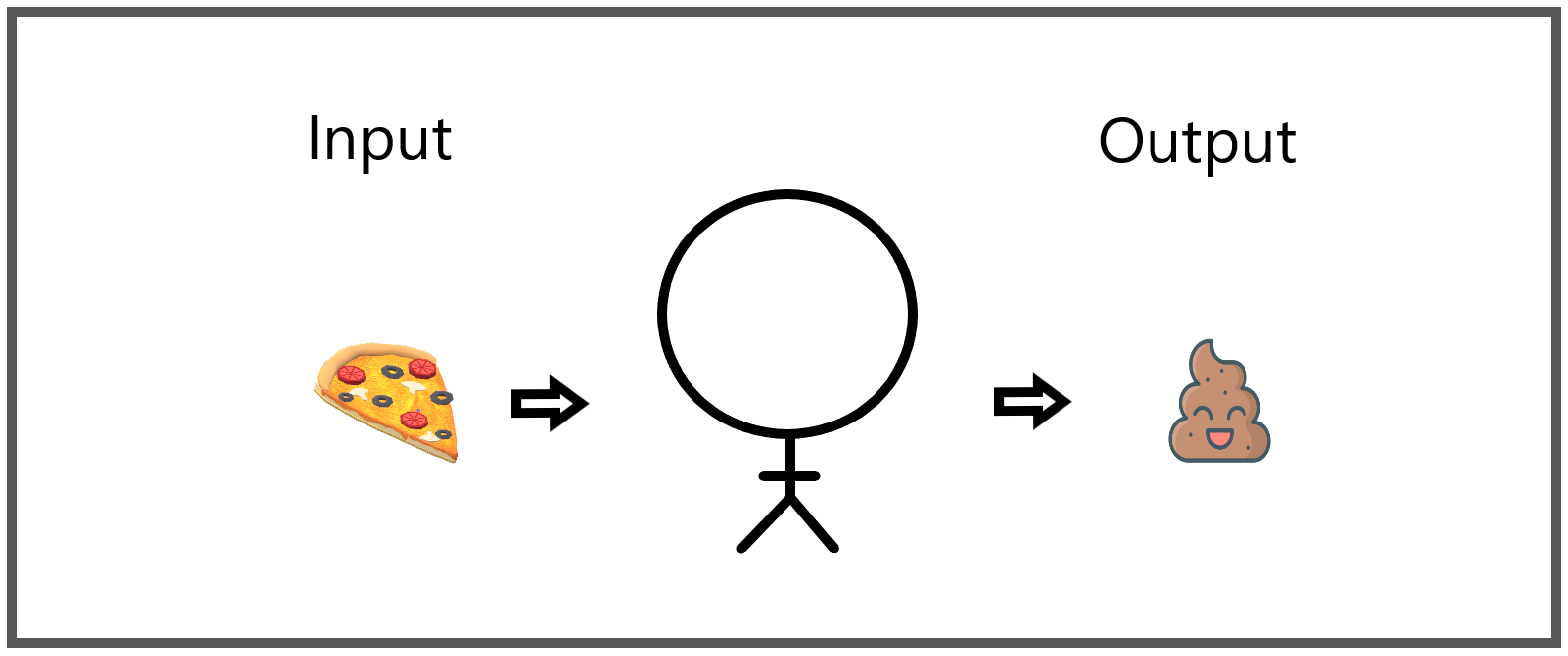
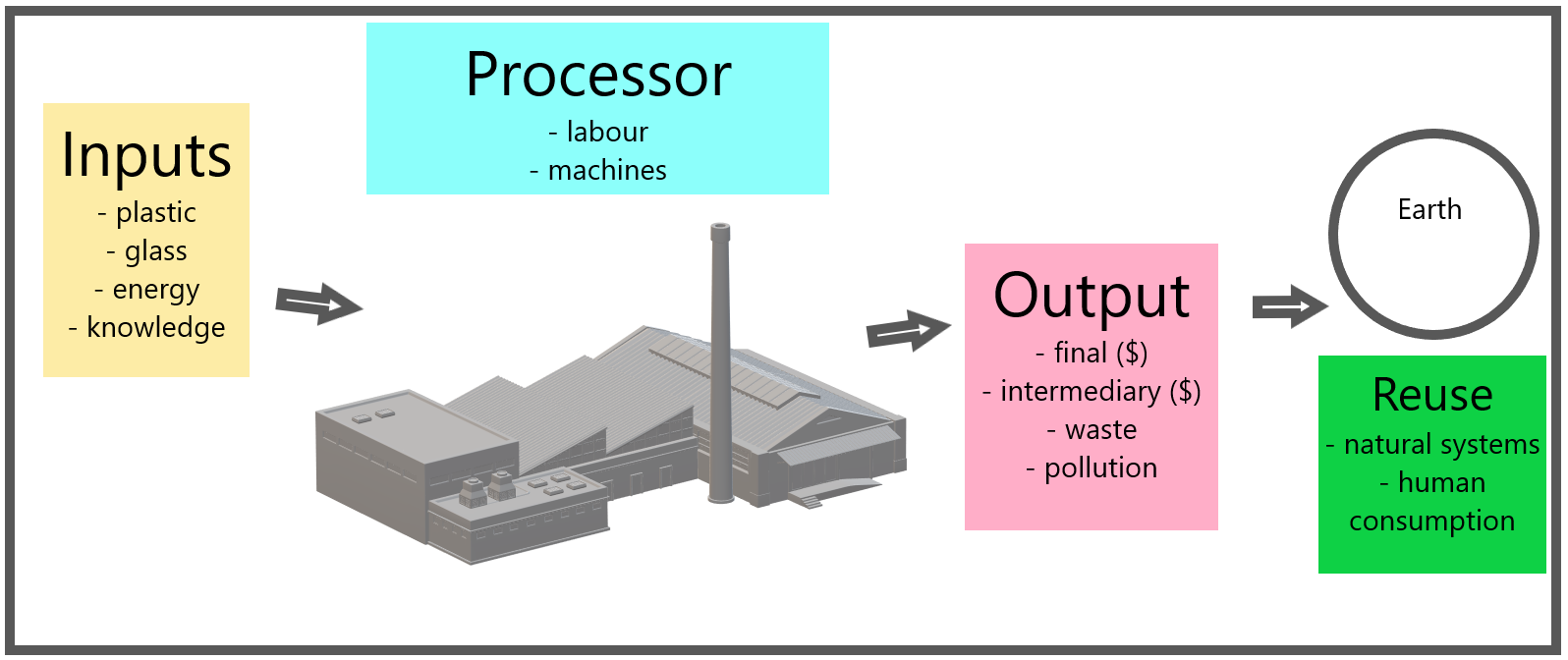
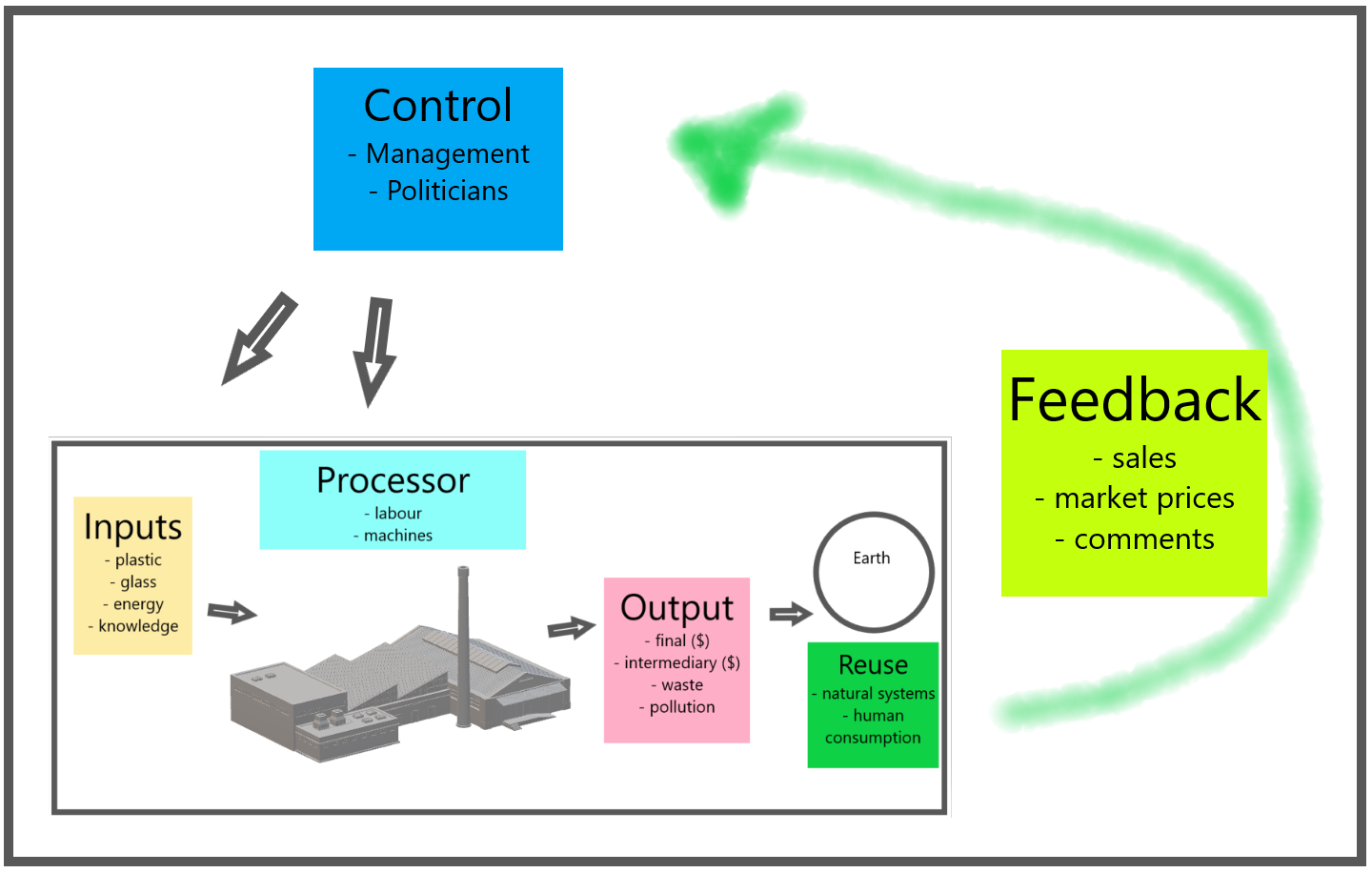
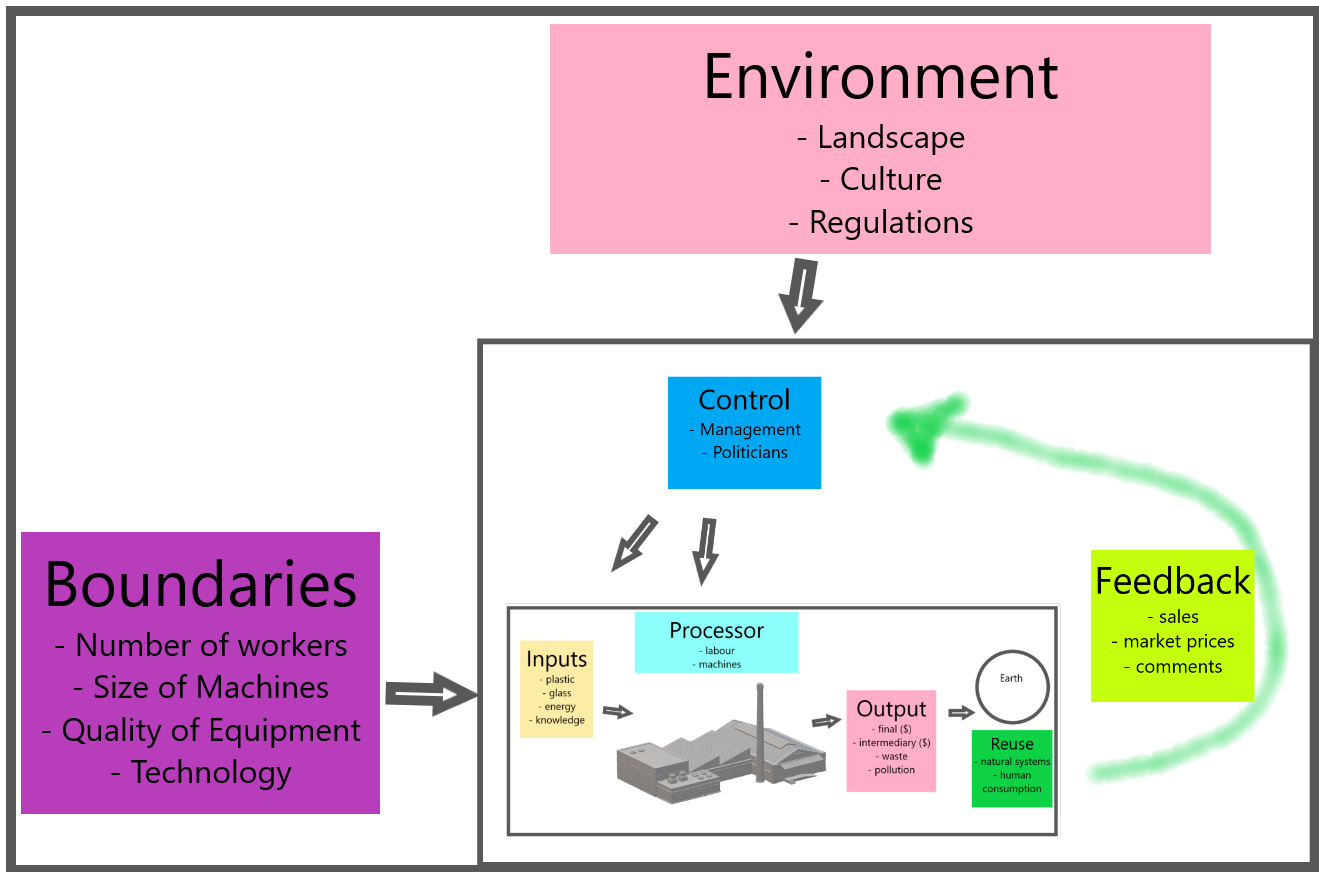
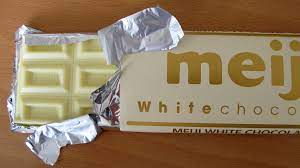
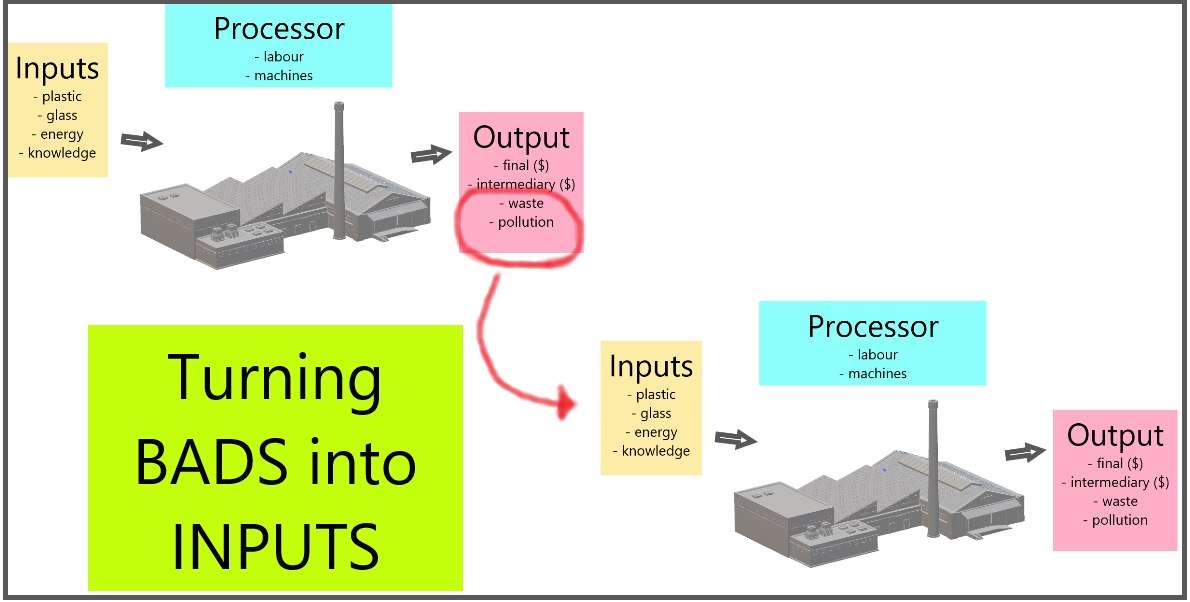
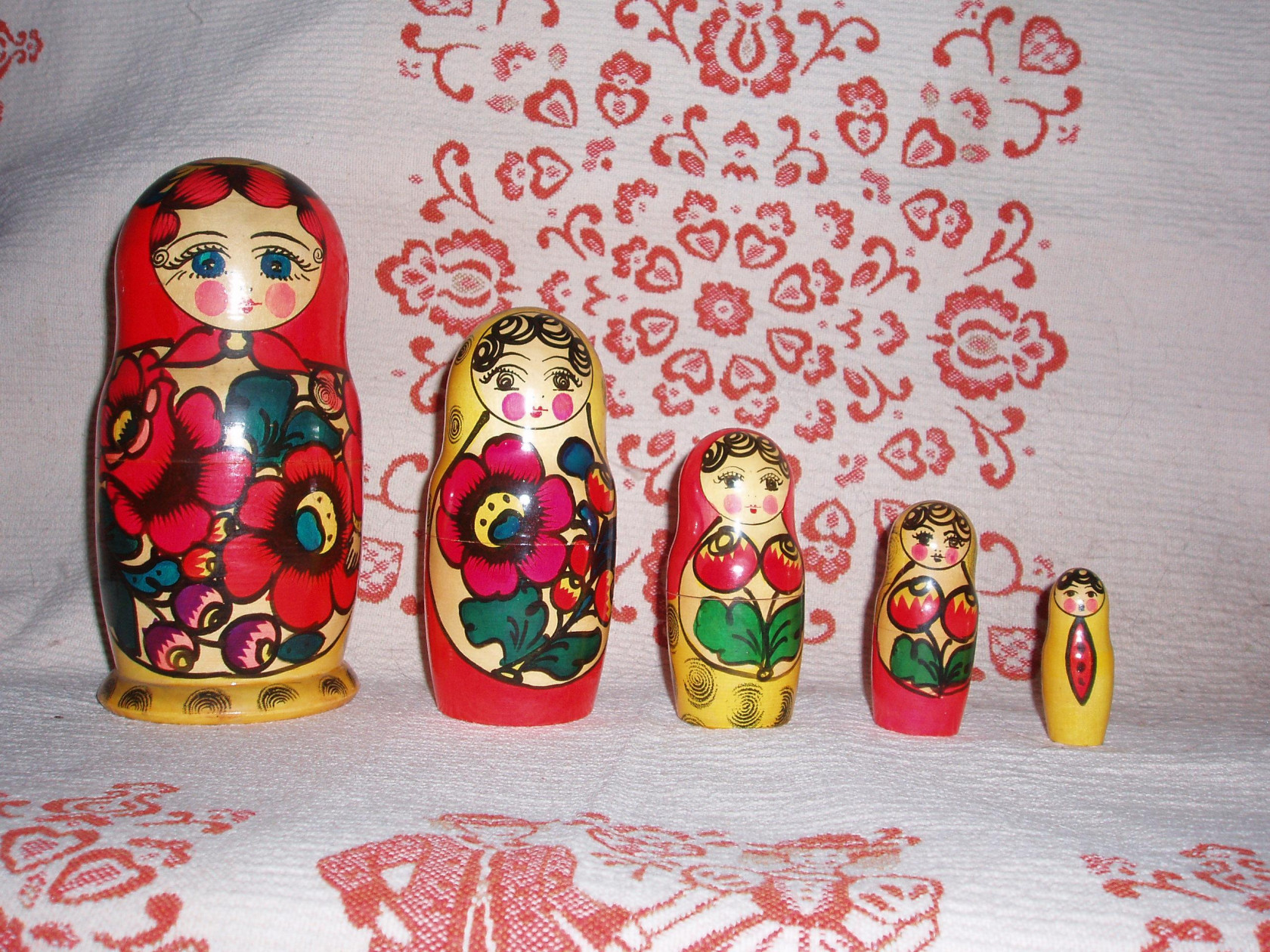
No Comments